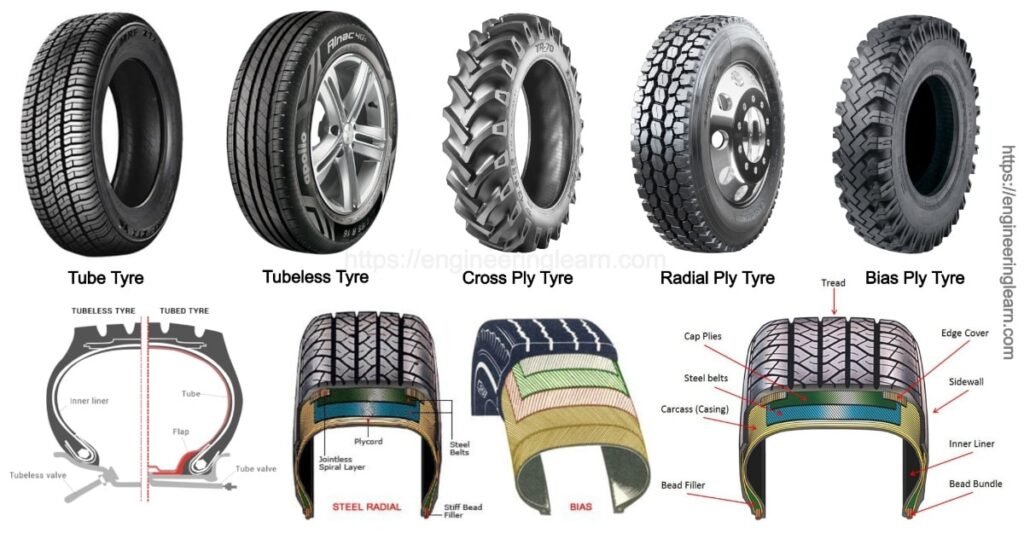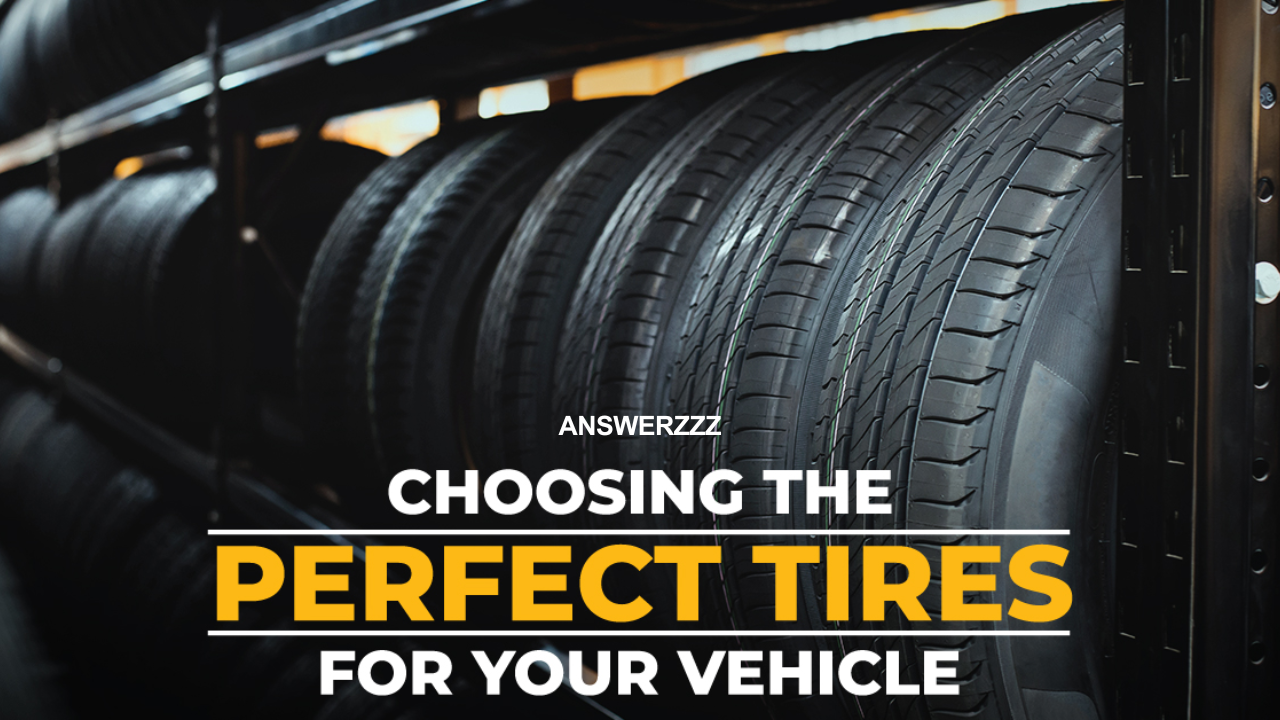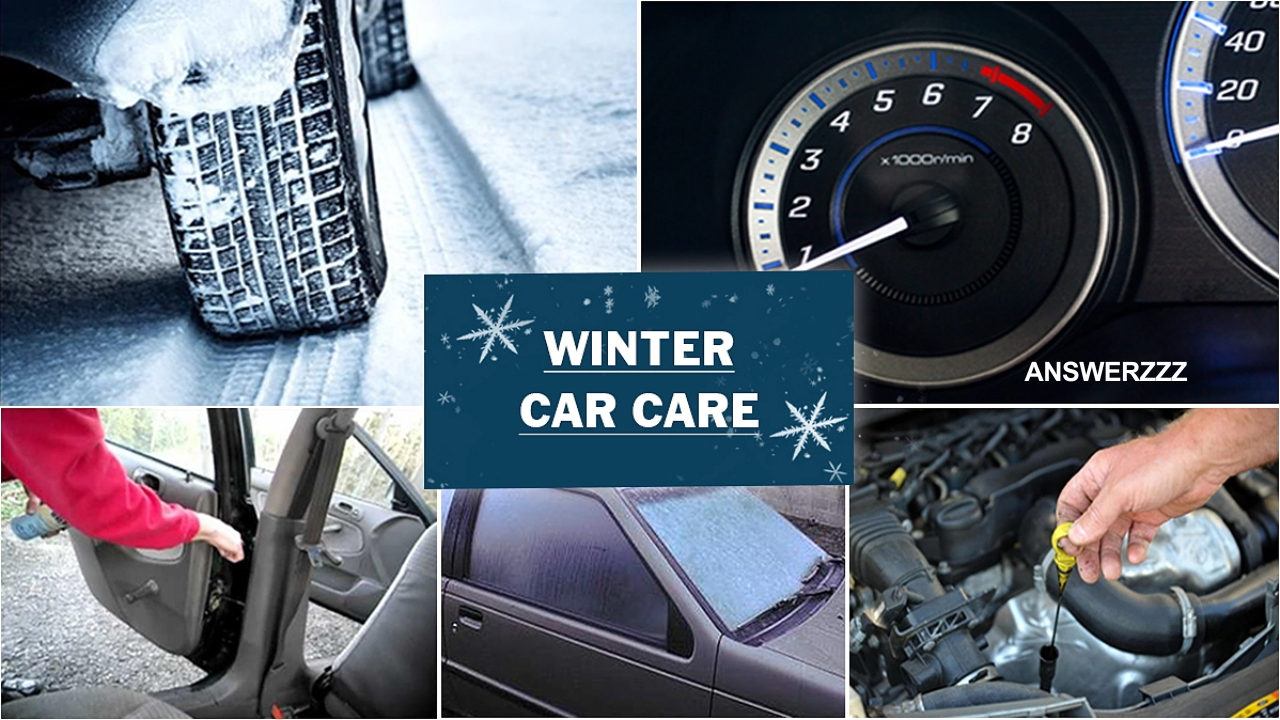Choosing the right tires for your vehicle is crucial for both safety and performance. Tires are the only point of contact between your car and the road, so selecting the appropriate ones ensures better traction, handling, and fuel efficiency. Whether you’re replacing old tires, upgrading for performance, or preparing for changing seasons, understanding tire specifications and how to select them based on your needs is essential.
In this blog post, we’ll explore how to choose the right tires for your vehicle by discussing key factors, tire types, tire sizing, and maintenance tips. Let’s dive in!
1. Understand Your Vehicle’s Requirements
Before you begin your tire search, it’s important to understand what type of vehicle you’re dealing with. Different vehicles have unique tire requirements based on their size, weight, and intended use. Whether you’re driving a compact car, a heavy-duty truck, or a sports car, each vehicle is designed with a specific set of tires in mind.
Check Your Vehicle’s Manual
The first place to check when selecting the right tires is your vehicle’s owner’s manual. This document will typically provide information about the recommended tire type, size, and specifications for your vehicle. If you don’t have the manual, you can also find this information on the vehicle’s door jamb (inside the driver’s side door) or the fuel cap. The tire specifications typically include the tire size, speed rating, load index, and recommended tire pressure.

Consider Your Driving Conditions
The type of driving you do on a regular basis also influences your tire choice. For example:
- Urban commuting: If you’re mostly driving on smooth city roads, all-season tires may suffice.
- Off-roading: For rougher terrains, such as dirt roads or gravel paths, you’ll need tires designed for off-road conditions.
- High-performance driving: For sports cars or performance vehicles, performance tires are essential to provide superior handling and speed capabilities.
Seasonal Considerations
If you live in an area with harsh winter conditions, it’s important to consider seasonal tires, such as winter tires, that offer improved traction in snow and ice. Similarly, for hot, dry climates, summer tires may provide better performance compared to all-season tires.
2. Tire Types Explained
Tires are categorized into different types based on their features, construction, and performance characteristics. The primary tire types are:
- All-Season Tires
- Winter Tires (Snow Tires)
- Summer Tires
- Performance Tires
- Off-Road Tires
All-Season Tires
All-season tires are designed to perform well in a variety of weather conditions, including dry, wet, and light snow. They are ideal for drivers who live in regions with moderate climates and experience all four seasons but don’t face extreme conditions. These tires offer a balance between performance, comfort, and durability, making them a popular choice for everyday drivers.
Pros:
- Versatile and adaptable to different weather conditions.
- No need for seasonal tire changes.
- Generally long-lasting and fuel-efficient.
Cons:
- Not optimized for extreme winter or summer conditions.
- May offer less traction compared to specialized tires.
Winter Tires
Winter tires, also known as snow tires, are designed specifically for cold temperatures, snow, and ice. They have deeper tread patterns and a special rubber compound that remains flexible in low temperatures, allowing for better grip on slippery surfaces. If you live in an area that experiences heavy snow or icy conditions, winter tires are highly recommended.
Pros:
- Improved traction on snow, ice, and slush.
- Better braking performance in cold conditions.
- Reduced risk of skidding and hydroplaning.
Cons:
- Can wear out quickly on dry roads.
- Must be swapped out with all-season or summer tires once the season changes.
Summer Tires
Summer tires are engineered to provide excellent performance in warm, dry, and wet conditions. They have a tread pattern designed to maximize grip on dry roads and minimize the risk of hydroplaning on wet surfaces. However, summer tires are not suitable for winter driving, as they lose flexibility in cold temperatures and can provide poor traction on snow or ice.
Pros:
- Best performance on dry and wet roads in warm climates.
- Excellent handling and cornering capabilities.
Cons:
- Poor performance in cold or winter conditions.
- Not suitable for driving on snow or ice.
Performance Tires
Performance tires are a step up from standard tires in terms of handling, traction, and speed. These tires are designed for vehicles that require enhanced performance, such as sports cars, luxury vehicles, or modified cars. They offer better handling at high speeds and improved cornering capabilities. Performance tires may be either summer or all-season types, but they are specifically crafted for drivers who seek superior performance on the road.
Pros:
- Superior handling, braking, and traction, especially at high speeds.
- Ideal for performance and luxury vehicles.
Cons:
- Shorter lifespan compared to regular tires.
- May offer a harsher ride due to the stiffer construction.
Off-Road Tires
If you plan on taking your vehicle off-road, you’ll need specialized off-road tires. These tires are designed with larger and more aggressive tread patterns to provide better traction on rough terrain, including mud, rocks, and sand. Off-road tires are typically more durable and capable of handling the wear and tear of off-road driving.
Pros:
- Excellent traction and durability on rough and uneven surfaces.
- Increased ground clearance for better off-road capability.
Cons:
- Can be noisy and uncomfortable on paved roads.
- May have a shorter lifespan on regular roads.

3. Understanding Tire Sizing
Tire size is another critical factor to consider when selecting tires for your vehicle. The size of your tire is denoted by a series of numbers and letters printed on the sidewall of the tire. This information gives you an idea of the tire’s width, aspect ratio, construction type, and more.
For example, consider the following tire size: P225/65R17 98T. Here’s what each component means:
- P: This indicates the tire is designed for passenger vehicles. Other types of tires may have an “LT” for light trucks or “T” for temporary spares.
- 225: The width of the tire in millimeters from sidewall to sidewall.
- 65: The aspect ratio, which is the ratio of the tire’s height to its width (in this case, 65% of 225 mm).
- R: The tire’s construction type, where “R” stands for radial construction (the most common type used in modern tires).
- 17: The diameter of the wheel (in inches) that the tire is designed to fit.
- 98: The load index, which refers to the maximum load capacity that the tire can carry.
- T: The speed rating, which indicates the maximum speed the tire can safely handle. In this case, “T” indicates a top speed of 118 mph.
When purchasing new tires, it’s important to select tires that match or exceed the specifications outlined in your vehicle’s manual. You can also consult a professional tire dealer to ensure the correct size for your vehicle.
4. Load Rating and Speed Rating
Along with tire size, it’s essential to understand the load rating and speed rating. These specifications help determine how much weight the tire can support and the maximum speed at which it can operate safely.
- Load Rating: This indicates how much weight the tire can carry. It’s important to select a tire with a load rating that matches or exceeds the weight requirements of your vehicle. Overloading your tires can lead to safety issues, such as blowouts.
- Speed Rating: The speed rating tells you the maximum speed the tire can safely handle. It’s indicated by a letter (e.g., T, H, V). Choose a tire with a speed rating that matches the performance capabilities of your vehicle.
5. Additional Considerations
Tire Brand and Quality
Tire brands vary widely in terms of price, quality, and performance. While many reputable brands offer high-quality tires, it’s important to do research and choose a brand known for durability, safety, and performance.

Tread Pattern and Design
The tread pattern on a tire plays a crucial role in traction, handling, and performance. Tires with deep, aggressive tread patterns are ideal for off-road or wet conditions, while smoother tread patterns are better suited for dry, paved roads.
Tire Maintenance
Once you’ve selected the right tires for your vehicle, proper maintenance is key to ensuring their longevity and performance. Regularly check the tire pressure, rotate your tires every 6,000-8,000 miles, and inspect for any damage or wear. Properly maintained tires improve safety, fuel efficiency, and comfort.
Choosing the right tires for your vehicle is an essential part of ensuring safety, performance, and comfort while driving. By understanding your vehicle’s requirements, selecting the appropriate tire type, and considering factors such as tire size, load rating, and maintenance, you can make an informed decision that will benefit you in the long run. Whether you’re replacing old tires or upgrading for performance, selecting the right tires will enhance your driving experience and ensure you stay safe on the road.
Always consult with a professional if you have any doubts about the tire selection process, and remember to regularly check your tires for signs of wear or damage. With the right tires, you can enjoy smooth, safe, and efficient driving for miles to come!



